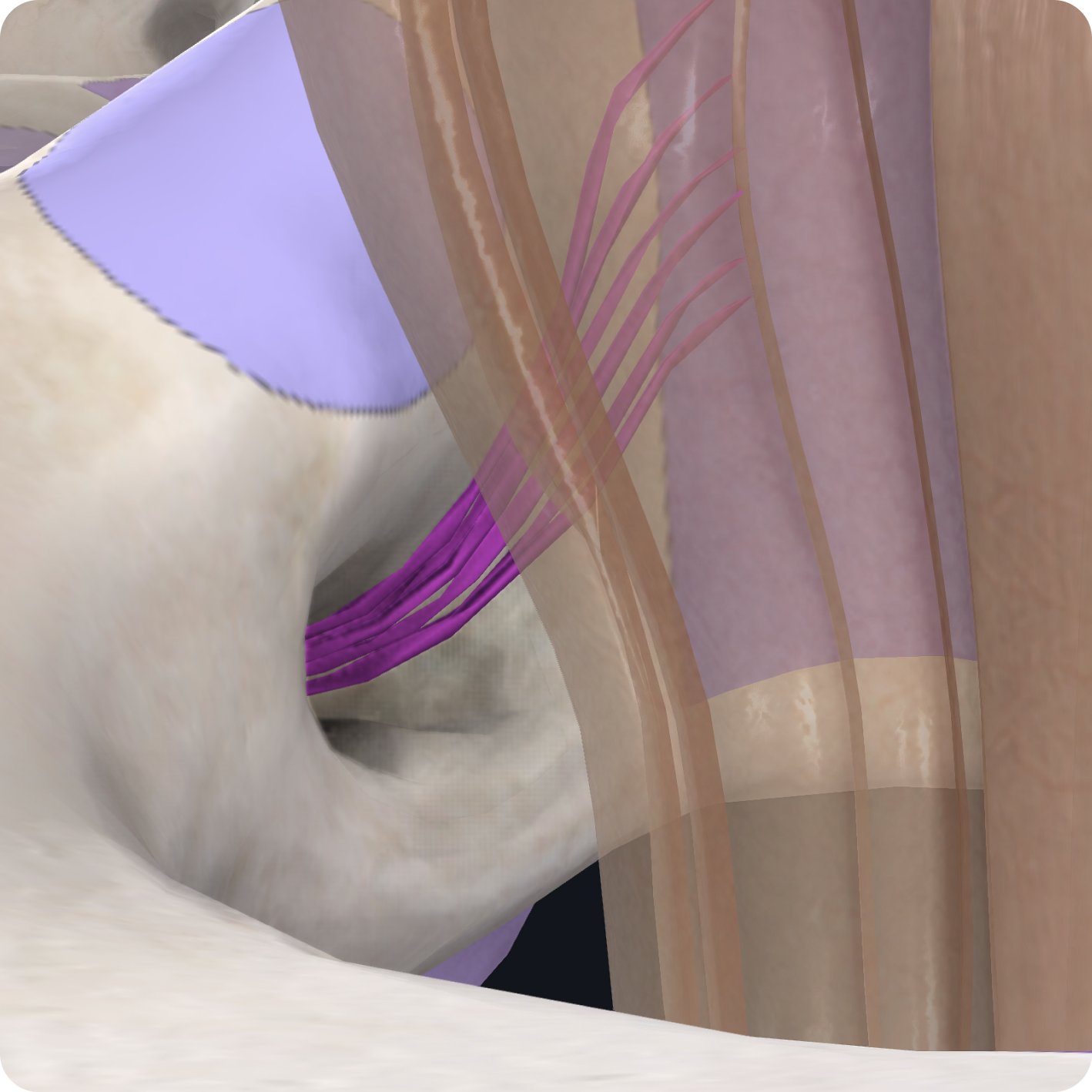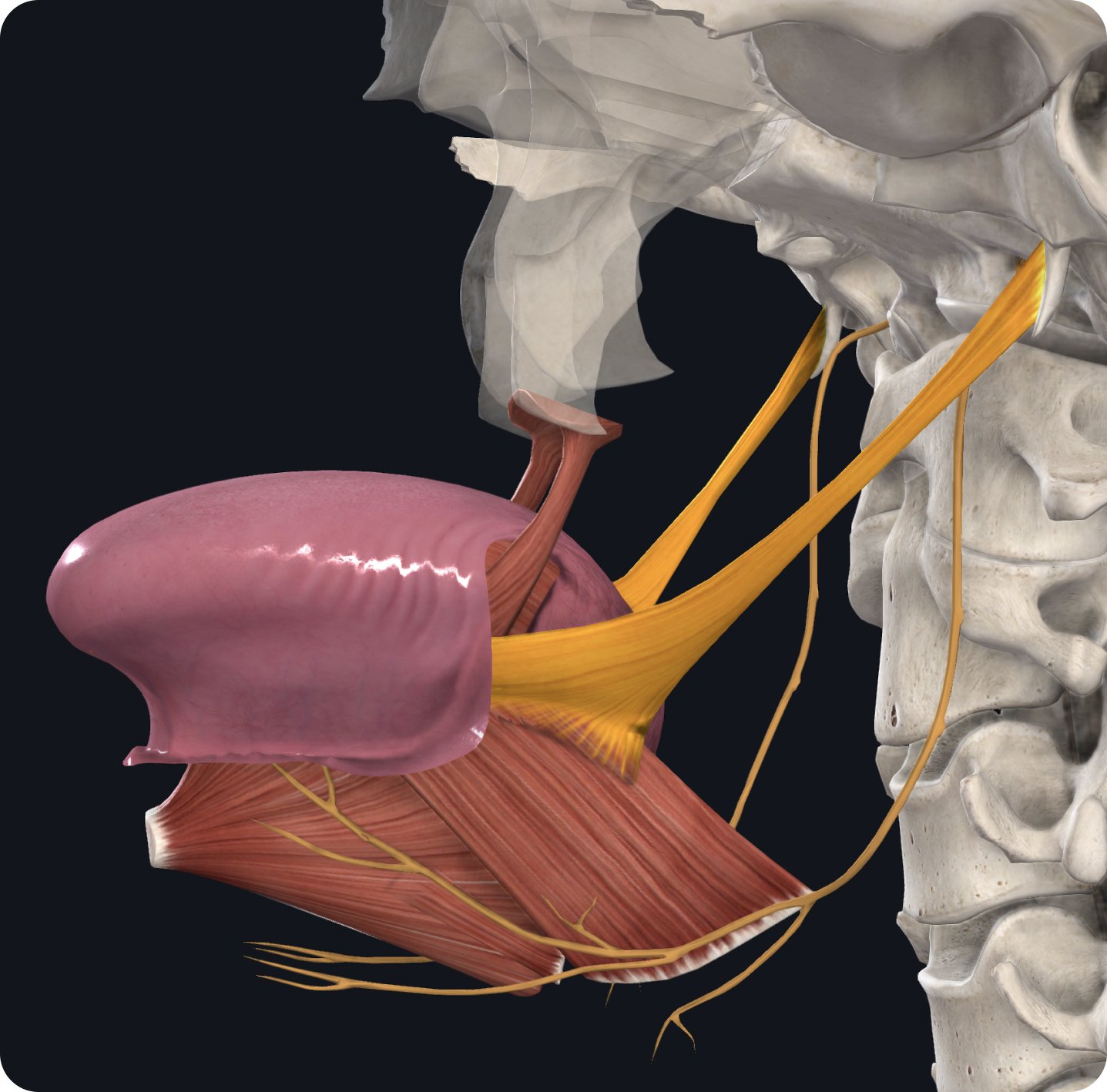Cranial Nerve XII: Hypoglossal Nerve
What’s unique about the Hypoglossal Nerve?
The 12th cranial nerve has a purely motor function to the tongue, a complex and strong muscle. “Hypo” means below, and “Glosso” means tongue, giving the hypoglossal nerve its name.
What is the function of the nerve?
Motor: Extrinsic and intrinsic muscles of the tongue
What are the signs of dysfunction?
Signs of hypoglossal nerve dysfunction may include:
• Difficulty speaking
• Difficulty chewing
• Difficulty swallowing
• Uncoordinated, spastic, weakness, or absence of tongue movement
How might this nerve be impacted?
The nerve may be impacted as a result of:
• Trauma
• Surgery
• Tumors
• Strokes
• Infections
• Amyotrophic lateral sclerosis
• Vertebral artery compression
How can you work with this nerve?
• Notice the foramen magnum, medulla, and occiput. Offer space for decompression where it is needed.
• Visualize the pathway, from the medulla, moving towards the foramen magnum and out the hypoglossal canal of the occiput, past the occipital condyles, and down towards the tongue alongside the internal and external carotid arteries.
• Notice the quality of potency moving through the nerve.
• Hold space for any held patterns along the pathway to shift.
The hypoglossal nerve arises from the medulla oblongata.
It travels down through the foramen magnum and moves through an opening called the hypoglossal canal.
The hypoglossal nerve exits the opposite side of occipital bone near the occipital condyles, the supportive structures that bear the weight from the skull on the vertebral column.
The nerve travels down towards our tongue in close proximity to the internal and external carotid arteries.
The nerve innervates both the extrinsic and the intrinsic muscles of the tongue. Extrinsic means originating outside of but inserting into the tongue, and intrinsic meaning it’s completely within the tongue.
Some of the extrinsic muscles will pull the tongue down and back.
Some of the extrinsic muscles will pull it up and back.
Intrinsic muscles support the small delicate movements, such as curling the tongue, helping raise one aspect or the other while speaking or swallowing.







